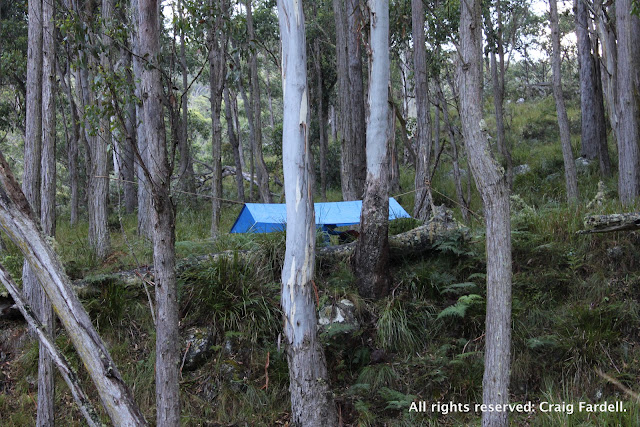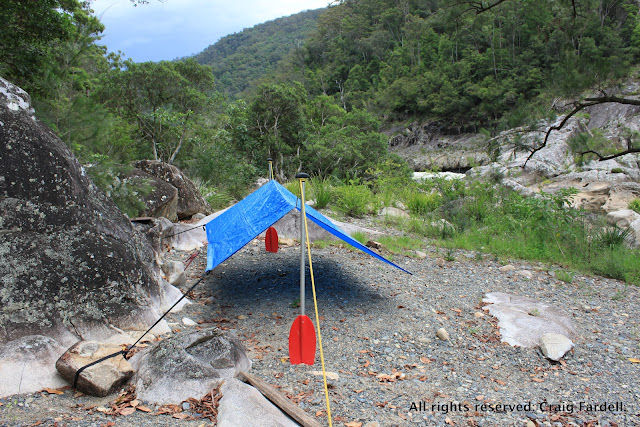The tent and the campsite is a home away from home, even if just
for one night. It’s nice when a campsite comes up with the goods – million
dollar views or beautiful forest, soft ground, water, the right feng shui.
That’s not always possible. Sometimes we are left searching out a patch of
clear ground between too many trees or pitching on a tiny edge of river bed too
close for comfort to the rising water.
However, more often than not, nature comes up with the goods and we
have had some truly stunning campsites. So, with a new year now in swing and
new adventures ahead of us we thought we’d quickly share some of our best
campsites of 2012.
After long discussions over the Christmas break we came up with our
best campsites/bivvy sites of 2012. Here are the four runners-up:
It always amazes me how such a small construction of thin nylon and a couple of poles can imbue a deep sense of security in howling winds, driving rain or just after the sheer stressful exhaustion of a tough adventure. When I crawl inside our tent at the end of the day the thin walls seem to shield me from everything – not just insects, wind, and rain but even self-doubt and insecurity get left at the door. Often we don’t take a tent. Many of the 2012 finalists
(and the winner) were actually what we call ‘bivvy’ spots where all we take are
our foam mats and waterproof ‘bivvy’ bags to sleep in. Lying out in the open on
rocks mid-river, relaxing on a grassy beach headland or atop a granite peak in
the tableland country is a special experience. There’s that wonderful moment
when you wake in the night to roll over, bleary eyed but seeing a thick sky of
stars spread above you. Alternatively there is also the moment you wake in the
dark to find it drizzling with rain and a fawn-footed melomy has stolen your
head torch, chewed the switch on and in fright abandoned it with the light shining
5 metres away.
 |
| Bivvy site - Cathedral Rock National Park |
 |
| Bivvy site - Kwiambal National Park |
We revisit some places, taking different routes in or out each time.
One such spot is our self-named “World’s Best Campsite”, located in New England
National Park. Although there is no water close by it has everything else –
multi-million dollar views, soft snow grass, beautiful cool temperate
rainforest below and snow gums behind.
 |
| World's Best Campsite - New England National Park |
What camping kit we take all depends on what time of year it is,
where we are going, what the forecast is. The tent is great for forest camping
as it keeps the drips off and the critters out. It is also good in colder
weather as it traps in our body heat and keeps off the frost. The bivvies are
good for finer weather, in any season, when it is cool and dry
and we want to travel a bit more light weight. They are perfect for sleeping
out on rocky peaks, coastal headlands or river beds. The tarp is good for riverside camping, especially when there is a chance of rain but it’s too hot
to be trapped inside a tent or where there is a real risk that we won’t find
enough room to pitch a tent. The tarp, however, requires some rope skills to
find ways to tie it off for the best protection. This is commonly known, in
rafting circles, as ‘tarpology’.
 |
| Guy Fawkes River National Park - below Ebor Falls |
 |
| Nymboi-Binderay National Park |
 |
| Nymboi-Binderay National Park |
And, as old Harry Butler childhood fans, when we leave a campsite we
try to regenerate where we can. To this end we also never light a fire as the
scar it leaves detracts from the wilderness landscape. Before we leave a site we
fluff up the grass again where we have lain, scatter a few leaves, put back any
rocks or logs we may have moved, and try to return it to a semblance of its
former wild state in the hope that if anyone else travels this way their
wilderness experience is a pure as possible and that they enjoy the spot as
much as we did.

No comments:
Post a Comment